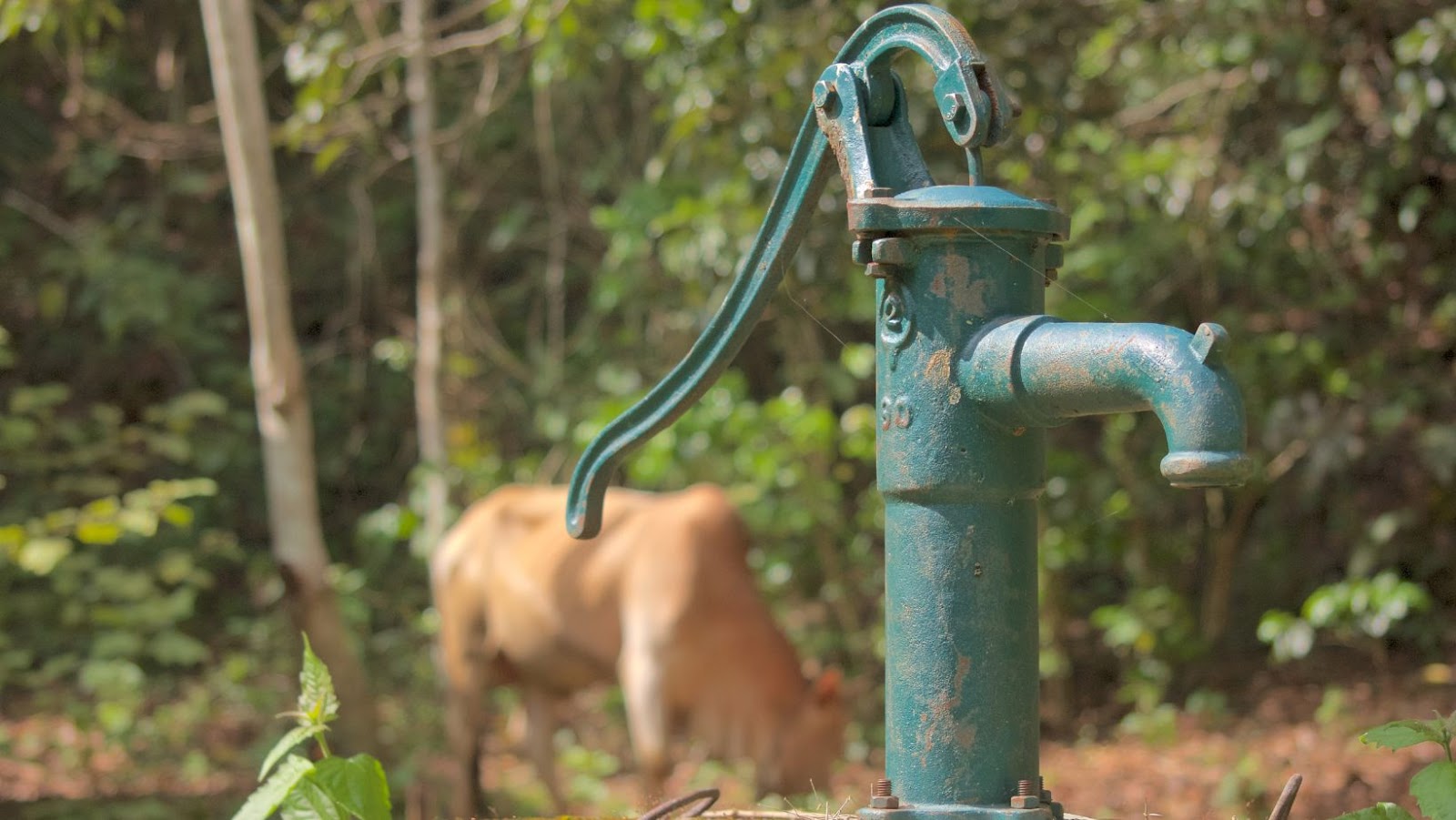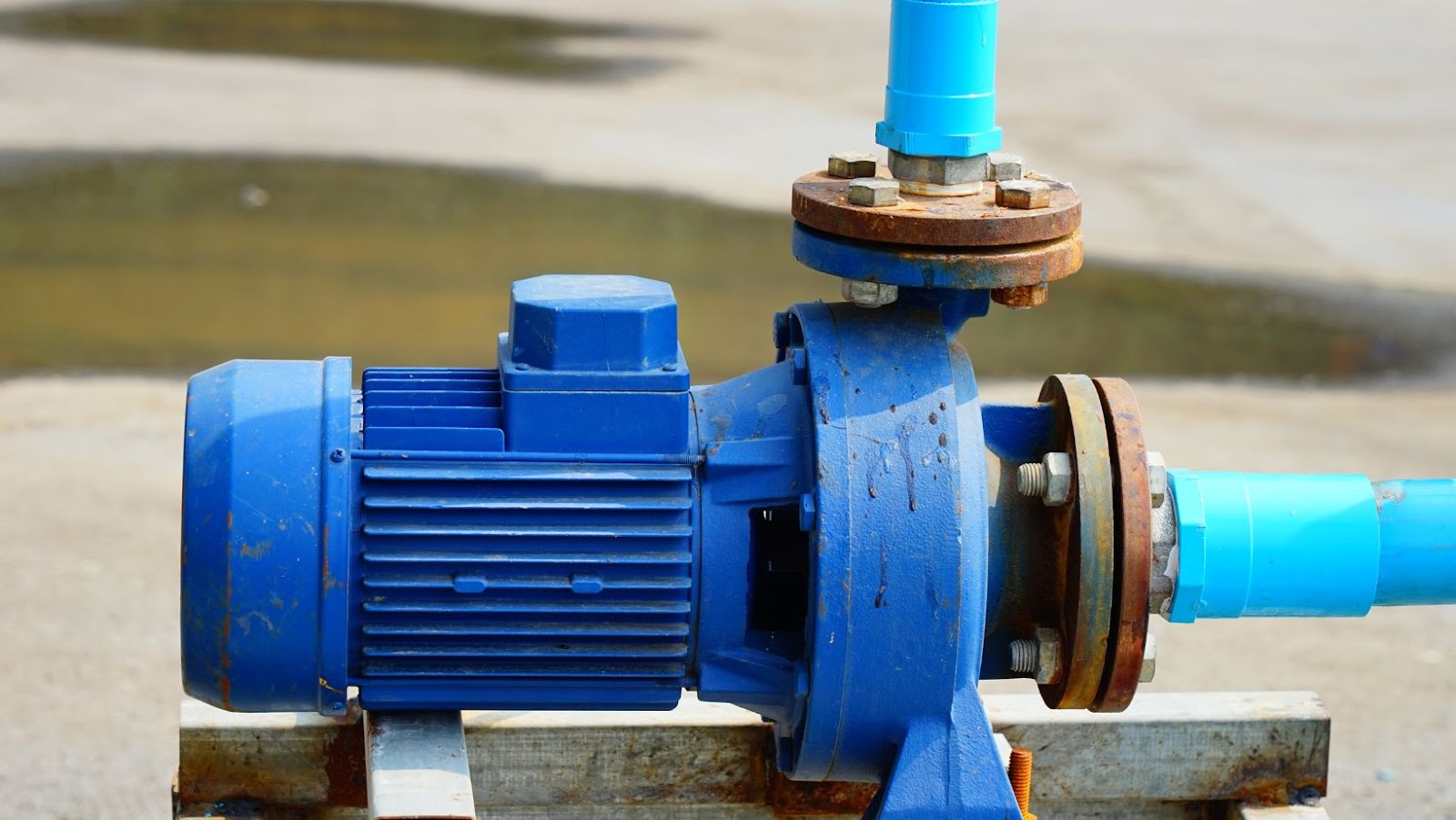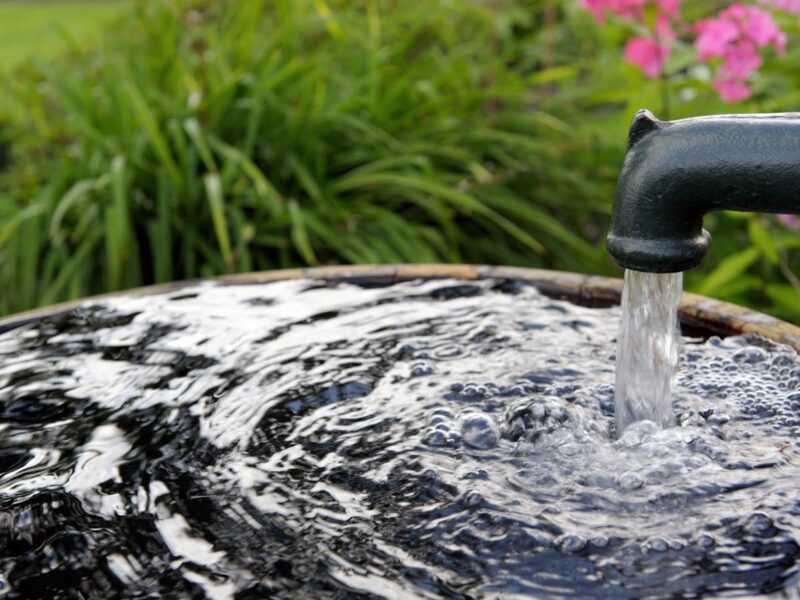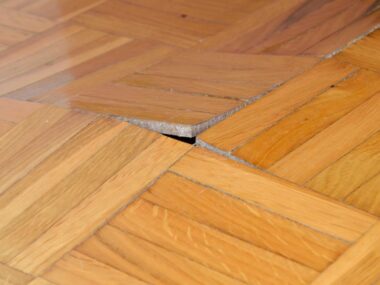What is a Water Pump?
A water pump is a machine that boosts the pressure and directs the flow of water to channel it from one location to another.
Uses
● Municipal
● Industrial
● Agricultural
● Residential
Fuel Types
● Electricity
● Diesel
● Gasoline
● Solar
Different Types of Water Pumps
Reciprocating Pump
Most people are familiar with the classic well water hand pump as its use was widespread in the early industrial era. In some developing countries, it is still the most cost-effective means to retrieve drinking and washing water. The hand pump is classified as a reciprocating water pump.

This type of water pump gets its name from the way it functions. A reciprocating pump possesses a piston and two valves encased within a cylinder, an inlet, and an outlet valve. When the piston raises, air pressure is reduced inside the cylinder, creating a vacuum and drawing the water up through the inlet valve. As the piston lowers, the outlet valve opens to let water out the top of the cylinder, and the inlet valve closes to prevent water from falling back down the cylinder.
Most people are familiar with the classic well water hand pump as its use was widespread in the early industrial era. In some developing countries, it is still the most cost-effective means to retrieve drinking and washing water.
Rotary Pump
Rotary pumps are the most common type of water pump used today. As its name suggests, the rotary pump uses rotating parts to move water from one location to another. Rotary pumps come in several different forms including
● Centrifugal
● Turbine
● Jet
Centrifugal
The centrifugal pump works similarly to the modern food processor. It consists of a cylinder with an inlet and outlet, but unlike reciprocating pumps, it does not need valves to operate. Water comes into the machine near the impeller. As the impeller spins, the centrifugal motion forces the water to the insides of the cylinder, expelling it through outlets placed along the top edge of the cylinder.

Manufacturers produce centrifugal pumps in a variety of sizes and shapes for a variety of applications, including both agricultural and industrial uses.
Turbine
The turbine pump works similarly to the standard centrifugal pump. However, its impeller possesses a higher number of blades, making this pump type more efficient but more expensive to purchase and maintain.
The centrifugal pump works similarly to the modern food processor. It consists of a cylinder with an inlet and outlet, but unlike reciprocating pumps, it does not need valves to operate. Water comes into the machine near the impeller.
Jet Pump
Jet pumps work differently than reciprocating and rotary pumps. There are no moving parts within the cylinders. When pumping well water, a centrifugal pump on the surface channels water from below the ground with two pipes. One pipe leads from the underground water source to the surface and is not pressurized. The other pipe leads from the surface back to the water source. When the water arrives at the surface, part of it diverts back through the pressurized pipe leading down, pushing more water up as it enters the underground water chamber.






